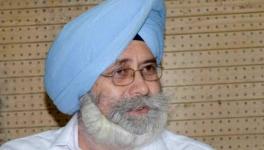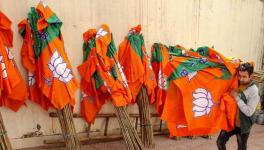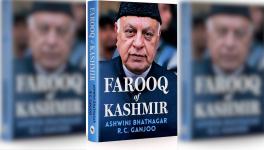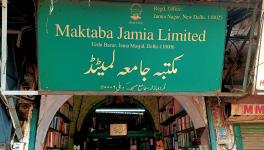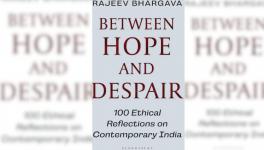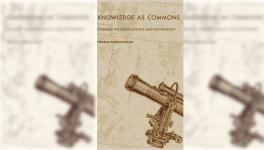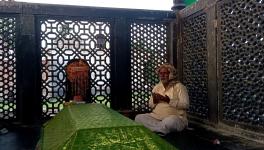All Struggles are About Making Sense of a Divided World
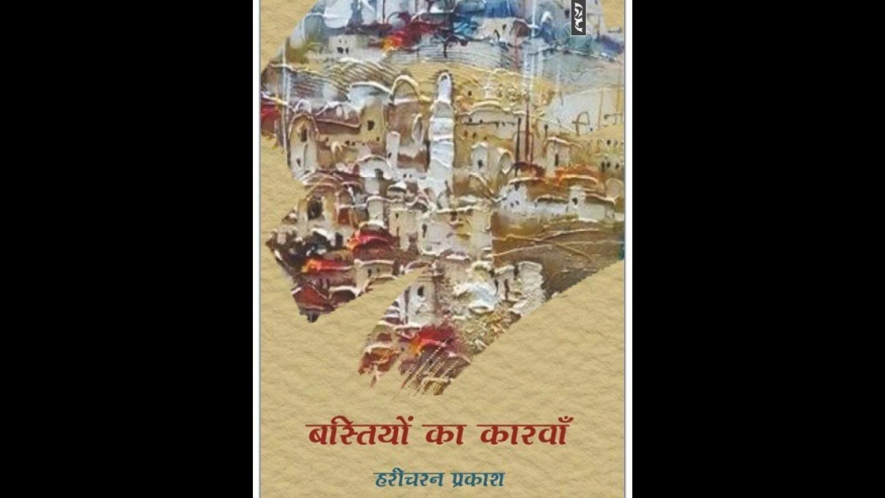
Image Courtesy: Flipkart
The year 1947 would always be remembered as momentous, for it was marked by the ecstasy of freedom and sorrow of Partition. We now had an independent India and a newly-born Pakistan, which later further divided into Bangladesh (East Pakistan). When we look at the partition geographically and socially, it becomes clear that two states, Bengal and Punjab, were actually divided. While it might have been possible to reconcile with the simple fact of the country’s division, it is difficult to forget the tragedy which accompanied this division. Partition marked the worst communal riots in the nation’s history.
The movement of population from both sides occurred with unprecedented violence. Communities that had lived together for centuries turned into each other’s enemies, and many Muslims, Hindus and Sikhs died in numbers we still have not been able to tabulate. What we do know is that lakhs of people left their native places and crossed the border as refugees.
There is no dearth of literature on the partition and the tragedy of displacement in the Punjabi language. Punjabi authors such as Bhisham Sahni and Krishna Sobti have also written novels on Partition in Hindi. The same is true for Bengali. But such a creative imagination is missing in the Hindi-speaking region, which is understandable, since the people in this belt did not experience the tragedy of Partition. Raj Kamal Chaudhary wrote stories in Hindi and Maithili on this theme, largely because he spent many years in Kolkata.
The Hindu Sindhis are a community whose members had to leave their native places in Pakistan and come to live in various towns and cities of India. Not much about their culture and traditions is known. In this context, I came across Haricharan Prakash’s novel, “Bastiyon ka Karwan” published by Setu Prakashan on the Sindhis who migrated from Pakistan. I am familiar with Prakash’s previous works and always look forward to reading him. He is not Sindhi, but his book about the Sindhi community speaks volumes about his ability to understand the dynamics of another community.
In addition to the story, there is a lot to understand about the Sindhi religious and cultural tradition. The novel's plot covers the period between two historical events, both marked by tragedy. It begins in the aftermath of the 1947 Partition and concludes immediately after the 1984 anti-Sikh riots, which occurred after then Prime Minister Indira Gandhi’s assassination.
The plot of the novel covers the story of a patriarch, Somamal, who reaches Shamshabad, a small town in Uttar Pradesh, with his family, including his sister, and her son. Asumal, his younger brother, reaches India by a separate route and comes in contact with the Sindhi Resettlement Corporation, where he gets work. It would take some time for him to find his elder brother. Rioters forcibly took Somalal's sister after killing her husband, and one man married her. She was restored to her family when the state intervened. She was pregnant and delivered a son named Laxman (Lachhu). Somamal becomes a successful businessman with his hard work and acumen.
Asumal, meanwhile, falls in love with a girl named Rukmani, a Brahma Kumari, while working with the corporation. When he finds his brother, he joins him in Shamshabad. Both work hard and gain prosperity. They hated Muslims and the Congress party, and the younger brother joined a Hindu fundamentalist group. Asumal convinces his brother to start a branch of Brahma Kumaris. Rukmani came to his town and begins working for women.
Lachhu becomes an engineer with a family inheritance of hatred against Muslims, and his return shifts the narrative from Somamal to him. Instead of seeking a job, Lachhu joins the business with his uncles and contributes to its growing success. Meanwhile, he begins to help build a temple, which is the subject of a dispute. His anti-Muslim attitude and actions remain obvious until he falls in love with and decides to marry a Muslim woman. In 1984, Shamshabad was also affected by the anti-Sikh riots. When Lachhu learns that a crowd of rioters are going to attack the shop owned by a Sikh near his uncle’s shop, he rushes to the place. He saves the Sikh shopkeeper, but the same people he was helping build the disputed temple kill him.
The story has a narrative style which creates curiosity and interest. Moreover, it is a novel that, though written in a definite landscape of space and time, remains highly contemporaneous. We live in an age where religious identities have been propelled to marginalise all other identities. Notions like jihad, love jihad, etc. occupy significant space in the media world and are being embedded into people’s minds. It requires courage to loudly state that underneath every Hindu, Muslim and Sikh, there is a human being, struggling to make sense of a world marked by communal hatred, insecurity and violence. The narrative subtly informs readers that vested interests and lust for power are the major forces pushing the world to mindless violence. In that sense, the novel is a great success and must be read by everyone concerned about society.
The author was a professor of sociology at Guru Nanak Dev University, Amritsar, and former president of the Indian Sociological Society. The views are personal.
Get the latest reports & analysis with people's perspective on Protests, movements & deep analytical videos, discussions of the current affairs in your Telegram app. Subscribe to NewsClick's Telegram channel & get Real-Time updates on stories, as they get published on our website.










